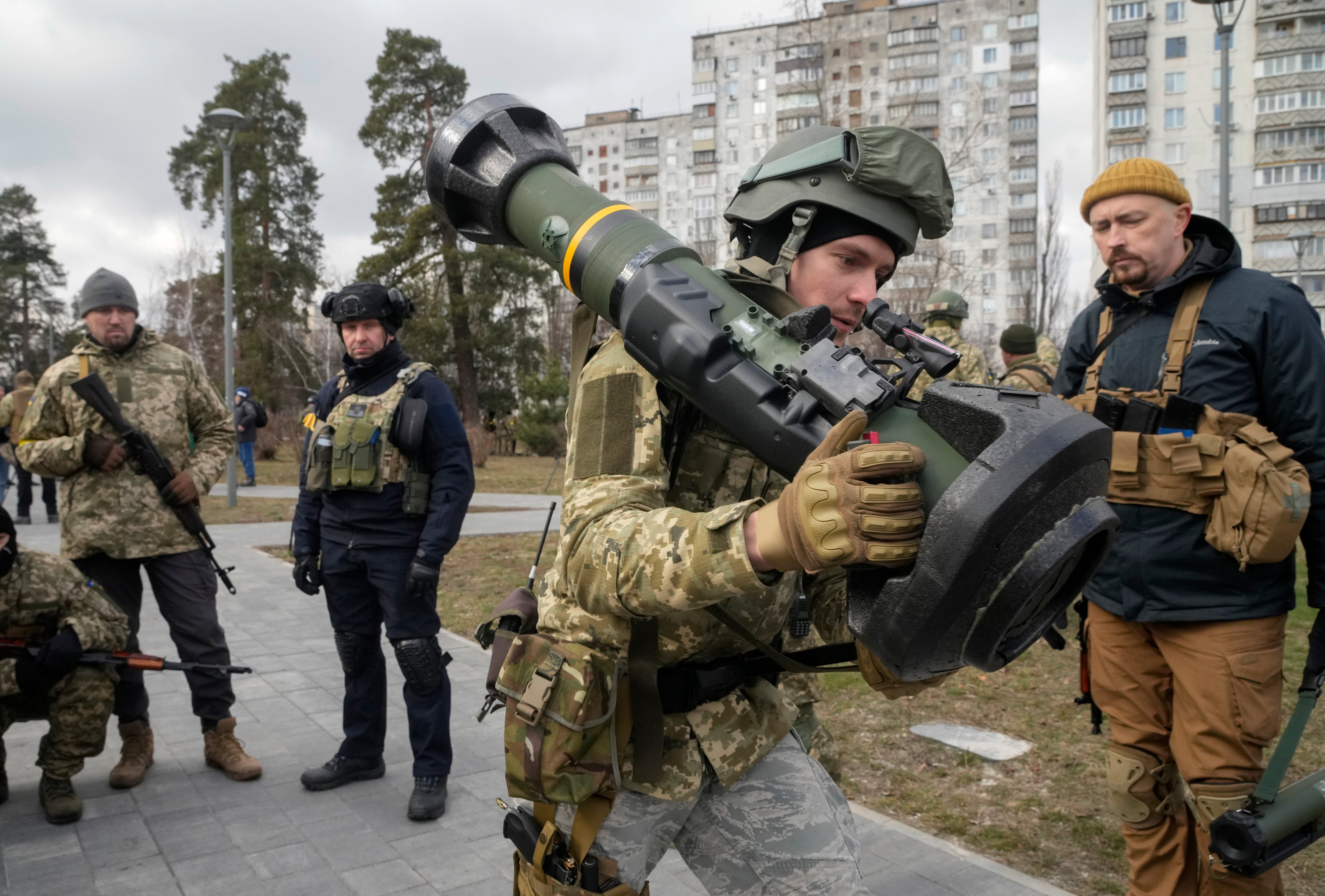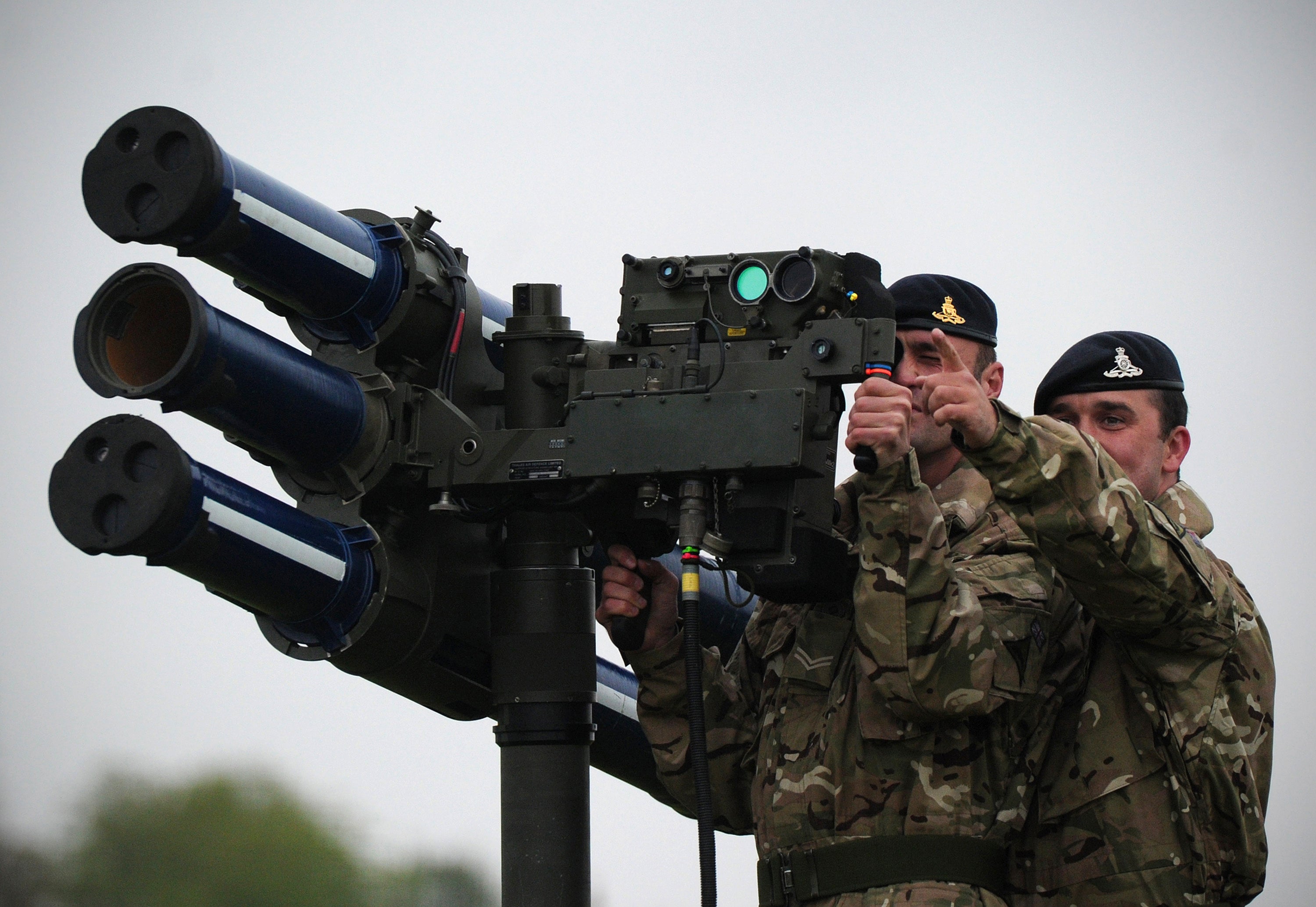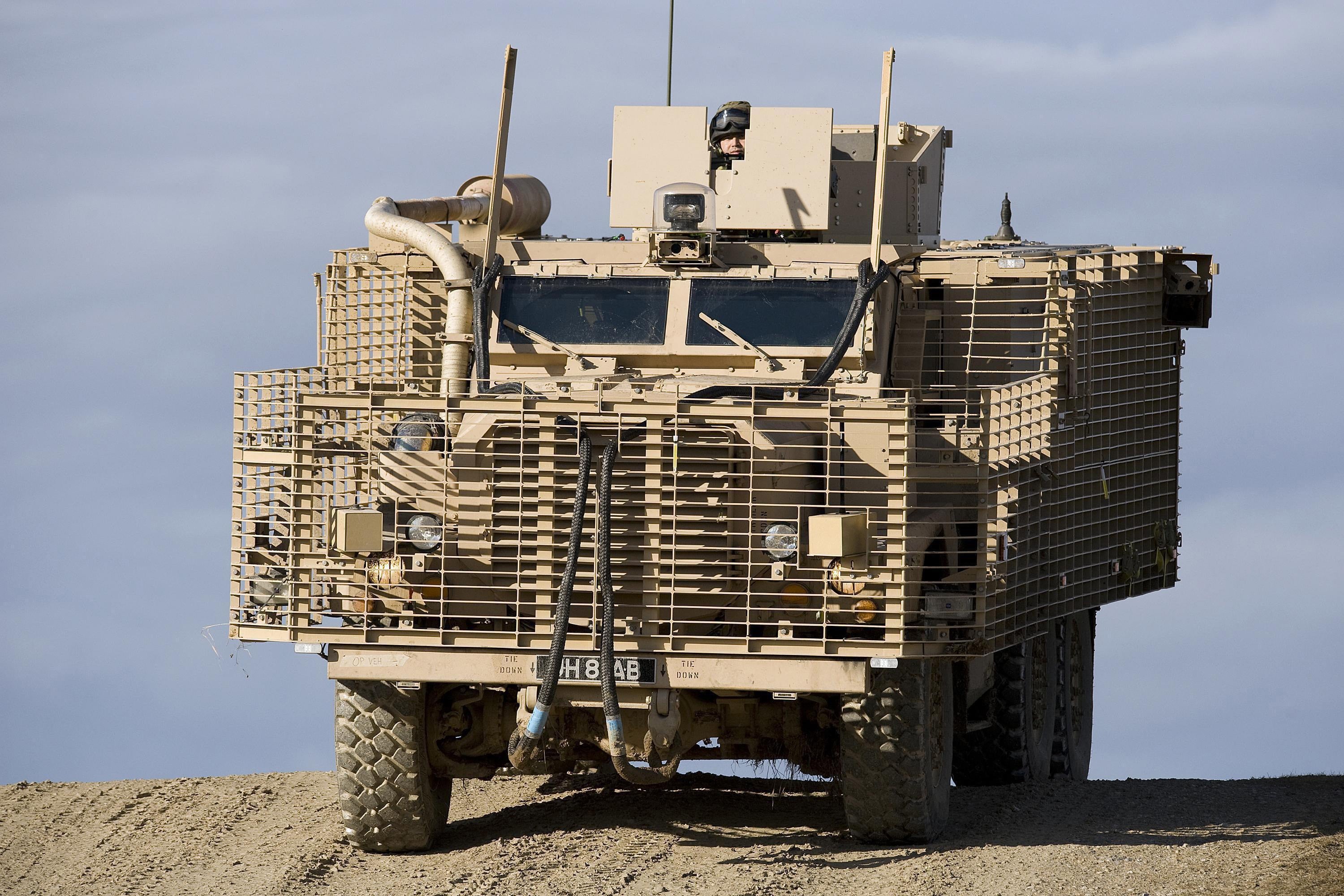What weapons has the UK sent to Ukraine?
Liz Truss has vowed to match value of British donations in 2022 again next year
Your support helps us to tell the story
From reproductive rights to climate change to Big Tech, The Independent is on the ground when the story is developing. Whether it's investigating the financials of Elon Musk's pro-Trump PAC or producing our latest documentary, 'The A Word', which shines a light on the American women fighting for reproductive rights, we know how important it is to parse out the facts from the messaging.
At such a critical moment in US history, we need reporters on the ground. Your donation allows us to keep sending journalists to speak to both sides of the story.
The Independent is trusted by Americans across the entire political spectrum. And unlike many other quality news outlets, we choose not to lock Americans out of our reporting and analysis with paywalls. We believe quality journalism should be available to everyone, paid for by those who can afford it.
Your support makes all the difference.Since Russia began its invasion of Ukraine on 24 February this year, the UK and its Western allies have provided Kyiv with a huge quantity of military hardware to help with the defensive effort.
The impact of these donations has been obvious on the ground, with Vladimir Putin’s forces struggling to realise the conquest he had conceived of as a “special military operation” that would amount to little more than a formality, a walkover taking just a matter of weeks to achieve.
Instead, Kremlin troops have failed to take the Ukrainian capital or remove its courageous president, Volodymyr Zelensky, from power – or even do much more than secure Russian-speaking areas of the Donbas and Crimea while the Ukrainian military pushes back fiercely.
Former UK prime minister Boris Johnson made Mr Zelensky’s cause a cornerstone of his faltering premiership but his successor in 10 Downing Street, ex-foreign secretary Liz Truss, has likewise vowed to keep up British support, telling the UN General Assembly in September that 2022’s £2.3bn spending would be matched again or even exceeded next year despite the country’s current economic woes.
Here is an overview of some of the key equipment dispatched from Britain to the frontline so far, which has included 6,900 anti-tank missiles, five air defence systems, 120 armoured fighting vehicles, 1,360 anti-structure munitions, 4.5 tonnes of plastic explosives and 400,000 rounds of small arms ammunition, according to the Ministry of Defence.
M270 multiple-launch rocket systems
These long-range rocket launchers are similar to the American Himars and are capable of hitting targets with M31A1 precision munitions as far as 50 miles away, firing 12 rounds a minute at 40 miles per hour (mph).
Next generation light anti-tank weapons (NLAWs)
The UK has reportedly delivered around 5,000 of these shoulder-mounted, short-range rocket launchers to the Ukrainian military, which, as the name suggests, are designed to take out tanks with a single blast.
Made by the Swedish company Saab, NLAWs have a range of up to 600 metres and weigh just 12.5 kilograms (kg), making them as light to transport as they are easy to use, requiring just one day’s training.

Javelin anti-tank missiles
Unlike the NLAWs, which use a simple sight to aim, the Javelin uses a heat-seeking system to guide itself on to a target.
It has a longer range than the NLAWs, at up to 2,500 metres but is twice as heavy.
Starstreak missiles
These are semi-automatic anti-air missiles that travel at more than three times the speed of sound (3,100mph)
They can be shoulder-mounted, attached to a vehicle (such as a Stormer, see below) or fired from a ground launcher and are designed to target very high performance, low-flying aircraft.
A drawback, however, is that they require far more extensive training to use than an NLAW and are of limited use at long range.

Brimstone 1 missiles
Another short-range missile being sent is the Brimstone 1, which are typically used for firing on tanks, artillery units and landing craft and typically shot from aircraft, although they are being shot in Ukraine from modified trucks.
They are radar-guided, can travel at 1,000mph and have a range of 12 miles. While not known for being able to take out larger ships, they can cause substantial damage if carefully targeted, according to the experts.
Mastiff armoured vehicles
Among the 120 armoured patrol vehicles given to Ukraine by Britain are these 17.2 tonne units, which are landmine-resistant (as they proved repeatedly in Afghanistan and are again in the Donbas) and travel at a surprisingly swift 65mph.

Stormer HVM
These are 12.7-tonne caterpillar-tracked tanks used as mobile firing platforms for Starstreak missiles.
Malloy T150 heavy lift drones
Drones are being deployed to deliver medical supplies, food and ammunition to frontline troops when other (manned) means might prove too conspicuous and likely to draw Russian fire and therefore too dangerous.
These heavy-duty models can carry a 68kg load as far as 43 miles, spending 36 minutes in the air at any one stretch.
What else has the UK supplied to Ukraine?
The British military has been involved in training its Ukrainian counterparts ever since the Russian annexation of Crimea in 2014, a programme known as Operation Orbital.
In the present conflict, it has also deployed the Sky Sabre long-range air defence system to neighbouring Poland to provide strategic support.
The army says this device can hit a tennis ball-sized object travelling at several times the speed of sound and is composed of three different elements, including a radar, with a range of up to 120km, for tracking targets.
A separate command and control centre then links these targets to Land Ceptor missiles, which, travelling at up 2,300mph, can destroy fighter jets, drones and even bombs in flight.
Also in cooperation with Poland, the US and other international partners, the UK set up an international donor coordination centre in Stuttgart, Germany, in April in order to coordinate the delivery of further military assistance to the warzone.
In addition, Britain has also supplied a wealth of other vital equipment to Ukraine, including: anti-structure munitions, plastic explosives, small-arms munitions, helmets, body armour, boots, night vision devices, electronic warfare equipment, counter battery radar systems and GPS jamming equipment.




Join our commenting forum
Join thought-provoking conversations, follow other Independent readers and see their replies
Comments